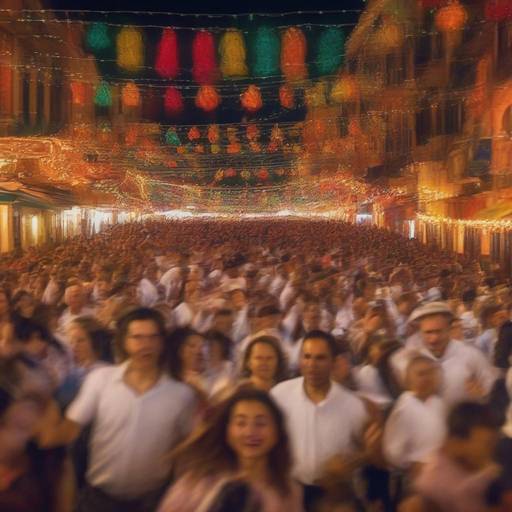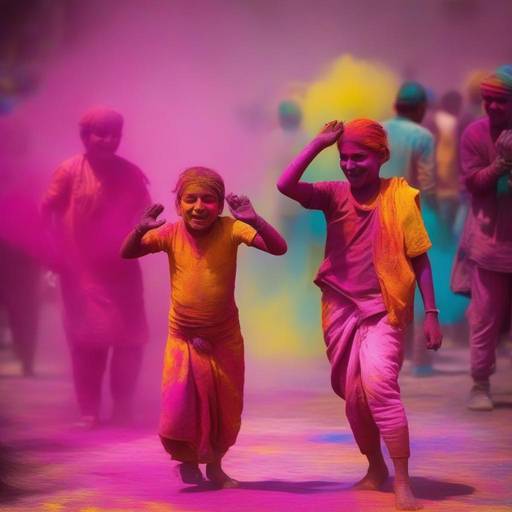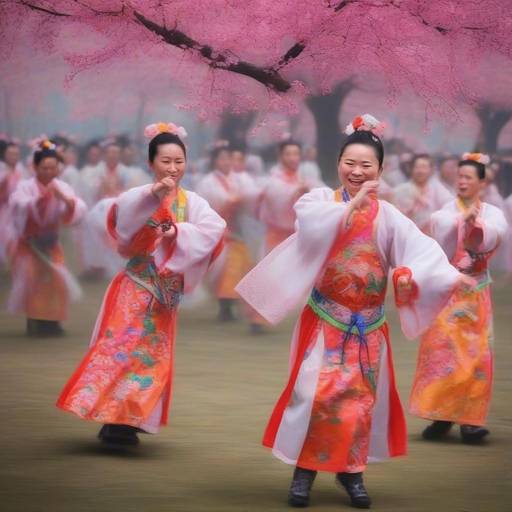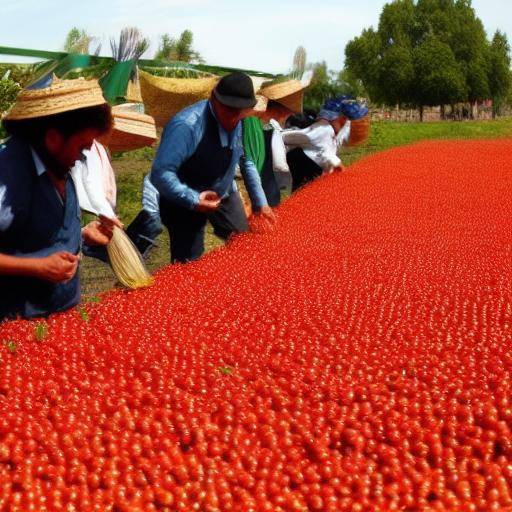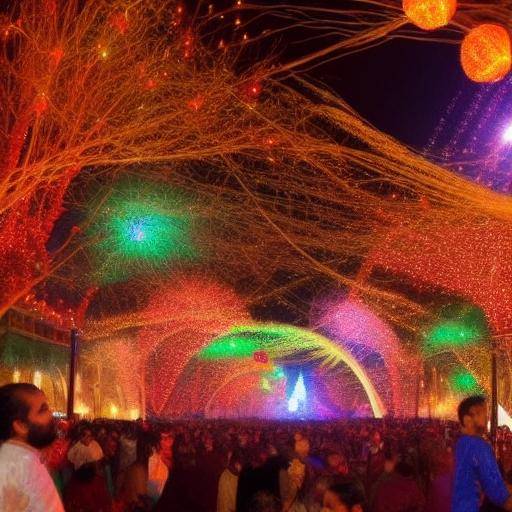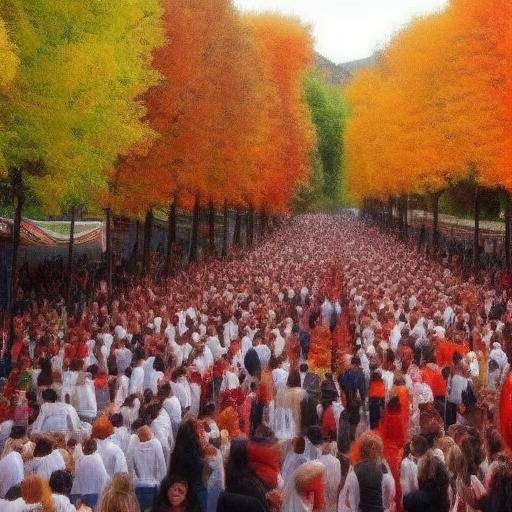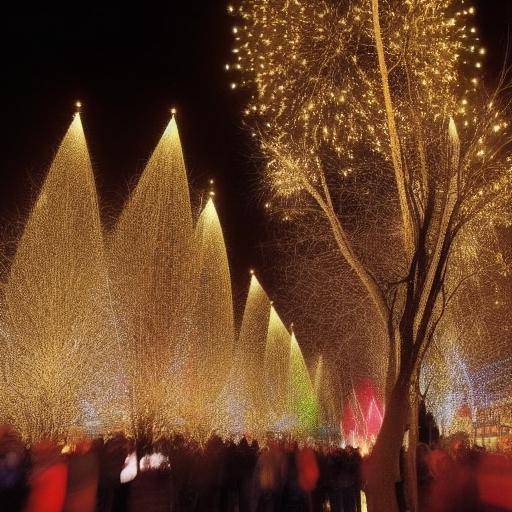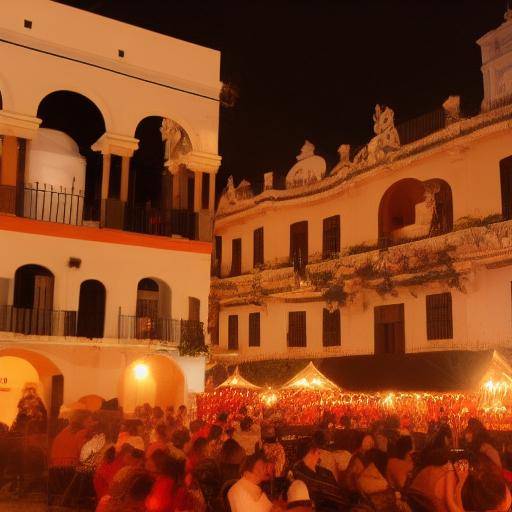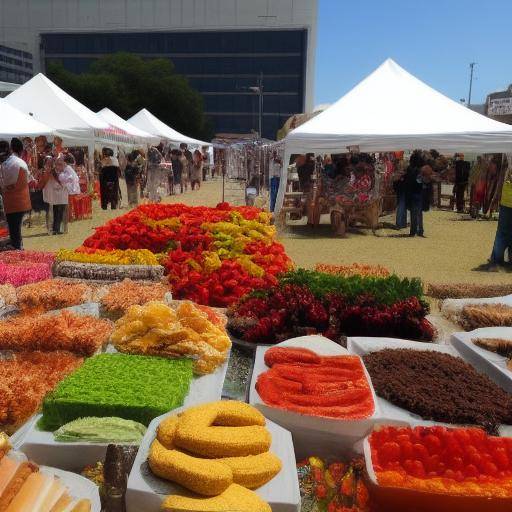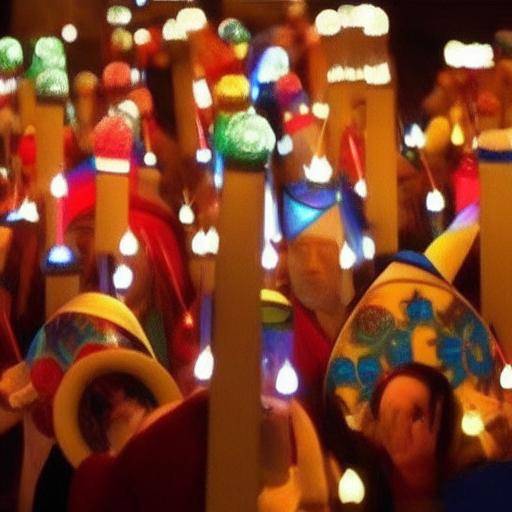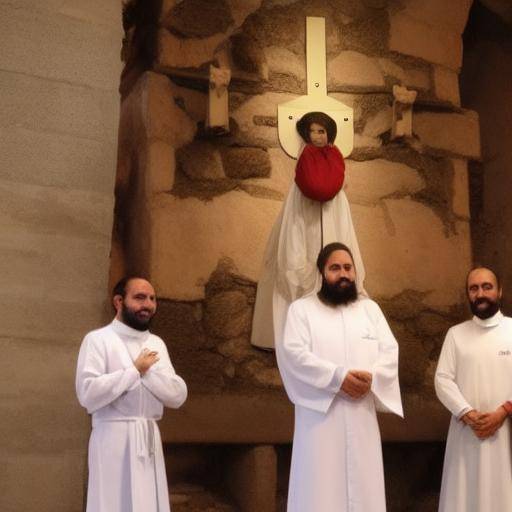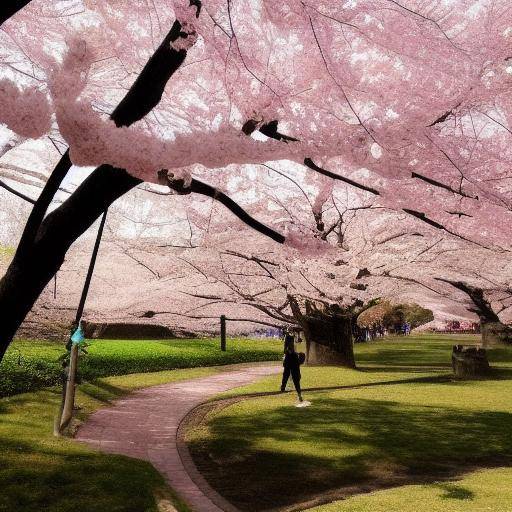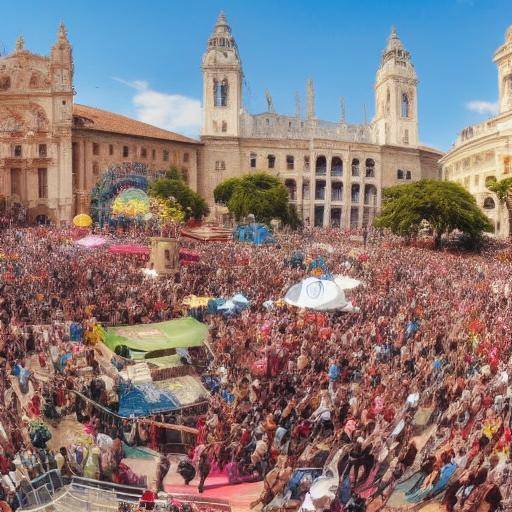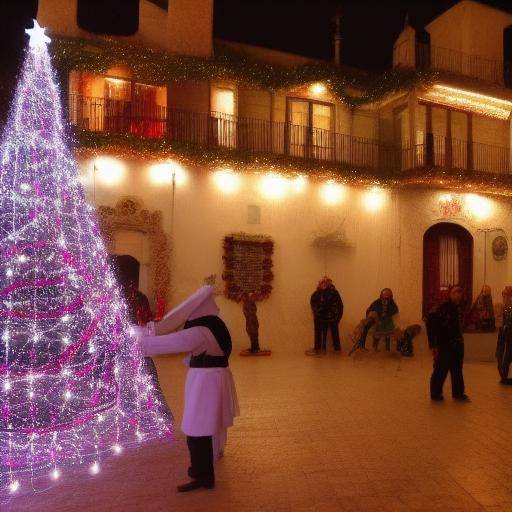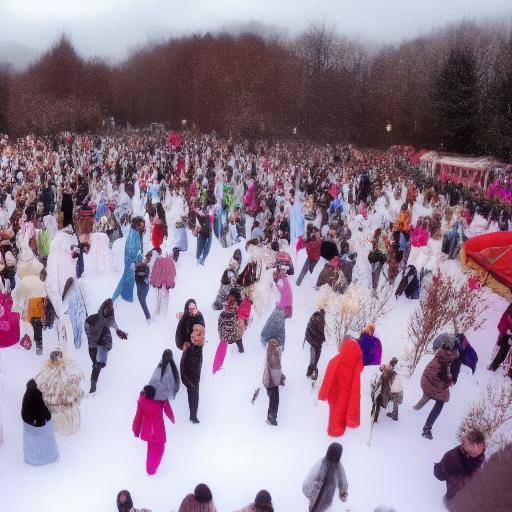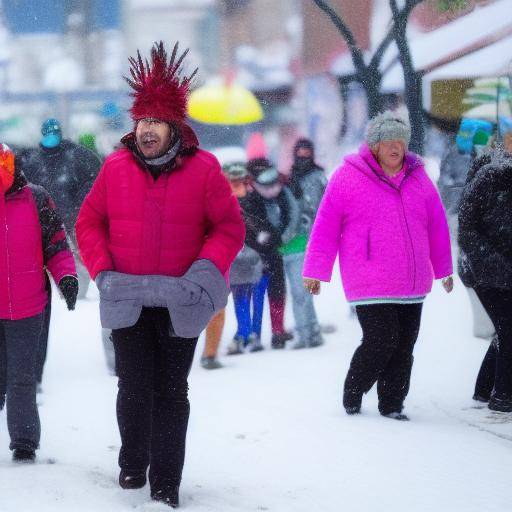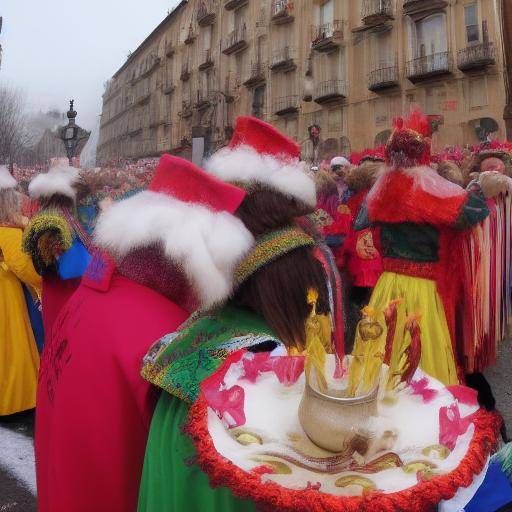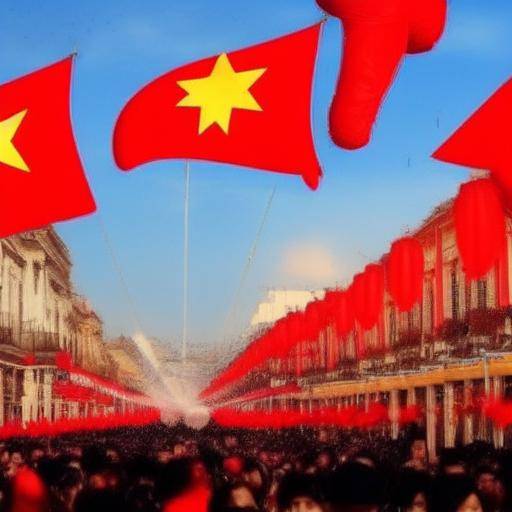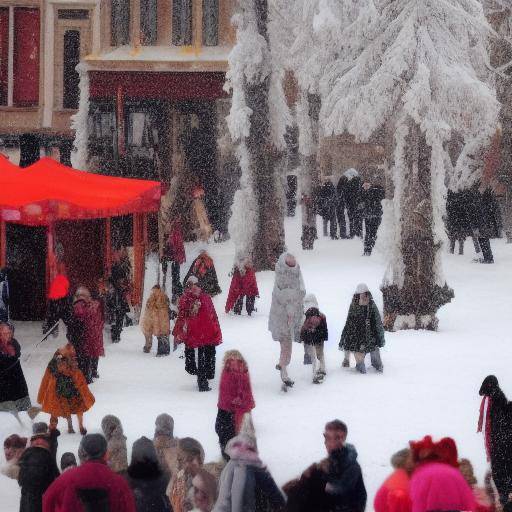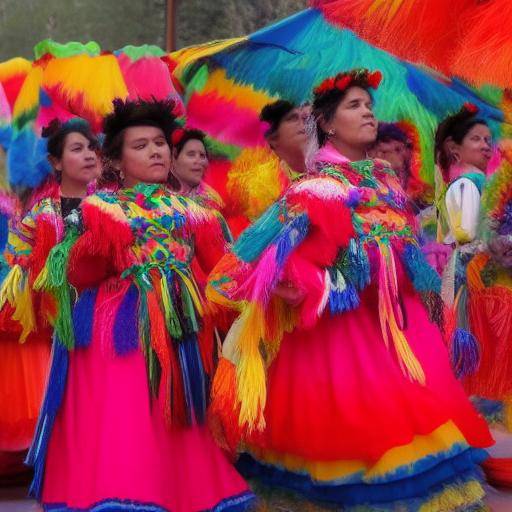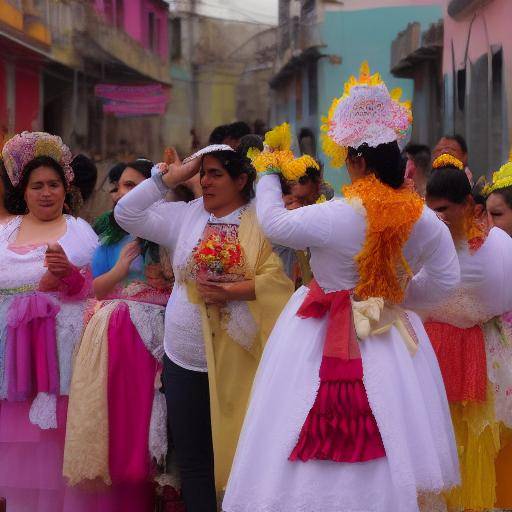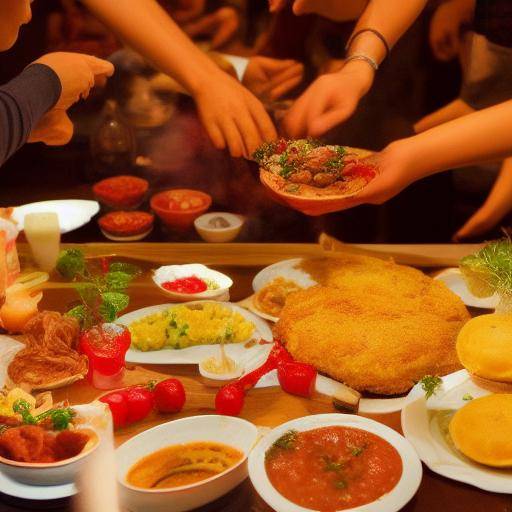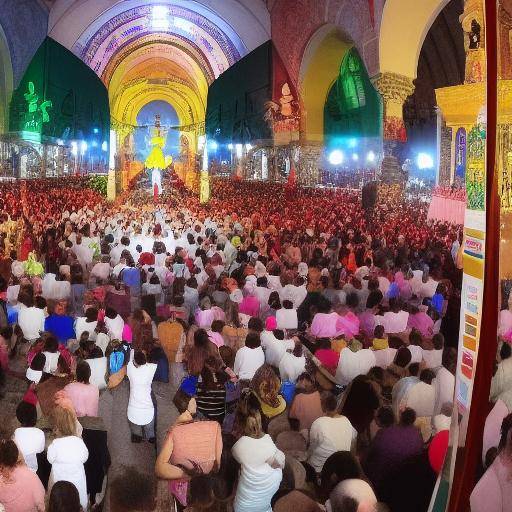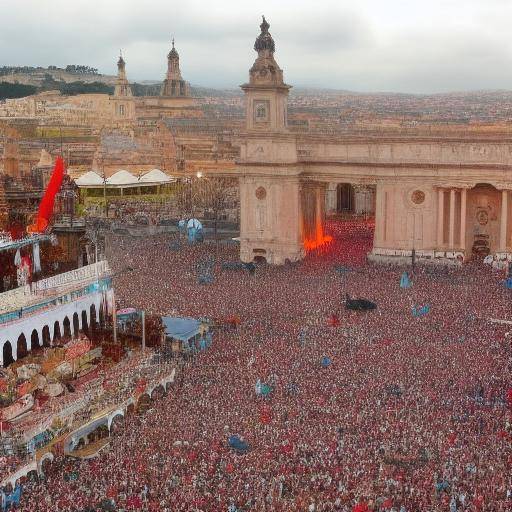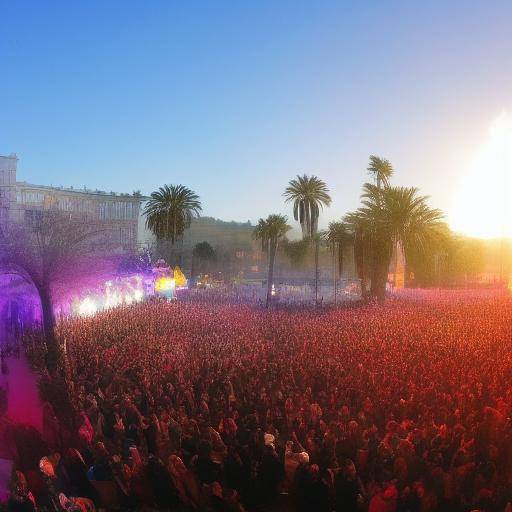
Spring is a season full of traditions and celebrations that reflect the cultural diversity of different countries. During this season, a variety of global festivals and events highlight the customs, music, food and beliefs of each community. In this article, we will explore spring traditions, festivals and global events around the world, offering an in-depth look at these celebrations and their cultural relevance.
Introduction
Spring is a moment of renewal and celebration in many cultures, marked by festivals that honor the arrival of the new station and all the vibrant manifestations of nature. Through these traditions and celebrations, a space for gathering, joy and respect for ancestral customs is created. In this article, we will explore some of the most outstanding traditions of spring around the world, as well as global festivals and events that capture the essence of this special season.
History and background
The celebration of spring has deep roots in the history and mythology of many civilizations. Since time immemorial, human communities have celebrated the rebirth of nature, the cycle of sowing and harvest, and the victory of light over darkness. These celebrations are permeated with symbolism and meaning, reflecting the intimate connection between humanity and the earth that sustains it.
Spring traditions in different cultures
Las Fallas de Valencia, Spain
Valencia Fallas are an event declared an Intangible Cultural Heritage of Humanity by UNESCO, and it is one of the most emblematic festivals of spring. For several weeks, the streets of Valencia are filled with artistic monuments, music, gunpowder and color. The festival culminates in the burning of faults, ephemeral monuments loaded with social criticism and humor.
Holi in India
The Holi is a Hindu festival that marks the end of winter and the arrival of spring. During this celebration, people throw dusts of colors and water to each other, symbolizing the elimination of resentments and rivalries, and welcoming them to a new season full of color and joy.
Hanami in Japan
In Japan, hanami is the tradition of contemplating the beauty of cherry blossoms during spring. This festival offers an opportunity to meet outdoors, picnics, and celebrate the ephemeral and beautiful flowering of the cherry trees.
Global Spring Festivals and Events
Festival de las Cerezas en Washington D.C., Estados Unidos
The Festival of Cherries is an annual event that celebrates friendship between Japan and the United States. For several weeks, visitors can enjoy shows, concerts, cultural exhibitions, and of course, the contemplation of the flowering cherry trees around Tidal Basin.
Carnival of Venice, Italy
The Carnival of Venice is known for its dazzling costumes, ornamented masks and parades through the canals of the city. This ancestral festival attracts visitors from all over the world who seek to immerse themselves in the magic and mystery of one of the most emblematic celebrations of spring.
Lantern Festival in China
The Festival of Lanterns marks the end of the celebrations of the Chinese New Year with spectacular parades, launch of lanterns and festivities throughout the country. It is a festival full of color, tradition and auspicious symbols that receives thousands of visitors every year.
Detailed analysis
Spring traditions, global festivals and events represent a vibrant and diverse manifestation of human culture. Beyond its historical and cultural significance, these celebrations have a significant impact on the communities involved in them and in local economies. For example, the Festival of Cherries in Washington D.C. attracts a lot of tourists, which drives the growth of the tourist sector and contributes to the economy of the city.
However, as these celebrations have become more popular, there have also been challenges related to the preservation of cultural authenticity and environmental sustainability. The management of large crowds, the generation of waste and the pressure on natural resources are common concerns that need to be addressed to ensure that these holidays are sustainable.
Comprehensive review
In this regard, it is important to analyze how local authorities and event organizers can effectively manage these challenges. Strategies such as the promotion of sustainable practices, the regulation of tourism and the active participation of the community can help preserve the authenticity of these traditions, while ensuring their long-term viability.
In addition, it is crucial to examine the social impact of these events in terms of community cohesion, cultural promotion and educational enrichment. Many of these celebrations offer a unique opportunity for cultural exchange, intergenerational dialogue and the resurgence of traditional arts, which contributes to strengthening cultural identity and fostering mutual understanding among different communities.
Comparative analysis
As we explore spring traditions, festivals and global events, we can identify countless similarities and differences between the various celebrations. While some festivities focus on the renewal of nature and the spiritual connection with the environment, other celebrations focus on artistic expressions, cultural manifestations and human diversity.
For example, at the Festival de las Cerezas in Washington, D.C., the friendship between cultures is highlighted through the ephemeral beauty of the cherry trees in flower, while the Holi in India celebrates purity and joy through colour and water. These different perspectives offer a fascinating view of the wealth and variety of human experience in relation to spring and its cultural significance.
Applicable practical advice and recommendations
For those who wish to participate in these holidays, it is important to take into account certain practical considerations. Some tips include:
- Respect local traditions and show cultural sensitivity to the practices and customs of the host community.
- Adopt sustainable practices, such as waste minimization and respect for the natural environment.
- Keep an open and responsive attitude to fully enjoy the unique cultural experience offered by these celebrations.
These tips can help ensure that both participants and hosts enjoy meaningful and respectful of these ancestral traditions.
Conclusions and FAQs (FAQs)
Conclusions
In conclusion, spring traditions, global festivals and events represent a cornerstone of the cultural identity of many communities around the world. Its importance goes beyond entertainment and fun, as these celebrations foster intercultural understanding, strengthen community ties and preserve the wealth of human cultural heritage.
In the context of spring, these holidays remind us of the beauty of renewal and the value of honoring our cultural roots. By participating in these celebrations, whether as observers or as an active part of the community, we can enrich our lives and contribute to the preservation and promotion of cultural diversity. Spring, with its traditions and festivals, invites us to celebrate life, nature and human creativity in all its magnificence.
Frequently asked questions (FAQs)
What is the origin of the spring celebration in different cultures?
Spring celebrations have ancient roots that seal up ancestral practices of agriculture, mythology and rituals of renewal and fertility. These holidays have evolved over the centuries, but their fundamental meaning remains to celebrate the rebirth of nature and life.
How can I participate in spring festivals in different parts of the world?
To participate in spring festivals around the world, it is essential to investigate the dates and locations of the desired celebrations. In addition, it is important to respect local traditions, show cultural sensitivity, and be open to enjoying new experiences.
What impact do these events have on local communities?
Spring festivals can have a significant impact on local communities, either through economic impulse, cultural preservation, tourist promotion, or social cohesion. However, they can also pose challenges related to crowd management, environmental sustainability and cultural authenticity.
How can I contribute to the sustainability of spring festivals?
To contribute to the sustainability of spring festivals involves taking responsible practices, such as minimizing waste, respecting the natural environment and supporting local initiatives that promote cultural and environmental preservation.
Are there spring festivals recognized by UNESCO?
Yes, some spring festivities have been recognized by UNESCO as an Intangible Cultural Heritage of Humanity due to its cultural importance and its ability to foster intercultural dialogue.
What is the role of spring in the cultural manifestations of different countries?
Spring plays a key role in cultural manifestations in different countries, serving as a source of inspiration for festivals of renewal, agricultural celebrations and artistic expressions that reflect the connection between humanity and nature.
In short, spring traditions, global festivals and events offer a fascinating look at cultural diversity and the wealth of human heritage. In exploring these celebrations, we can not only appreciate the wonders of spring, but also strengthen our intercultural understanding and contribute to the preservation of cultural diversity around the world.
With this article, we hope to have provided an integral and enriching view of the traditions and celebrations of spring around the world, inviting our readers to immerse themselves in the beauty and vitality of these holidays. May spring inspire us to celebrate life, honor our traditions and appreciate the wonderful cultural diversity that surrounds us.



